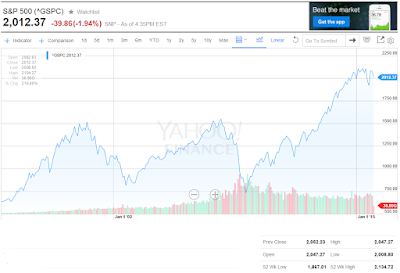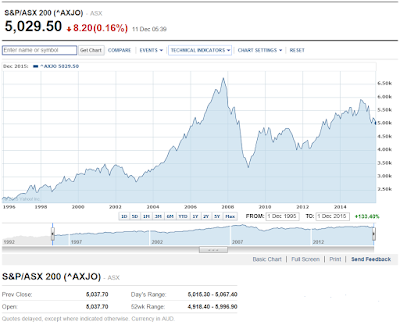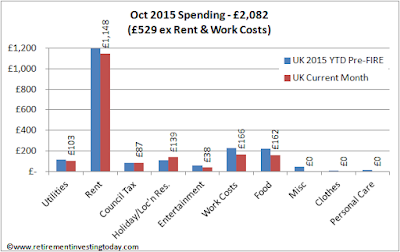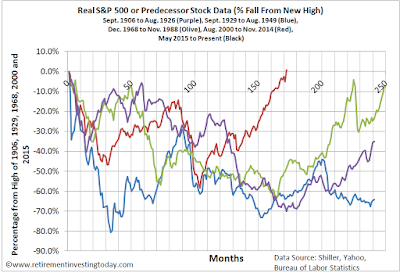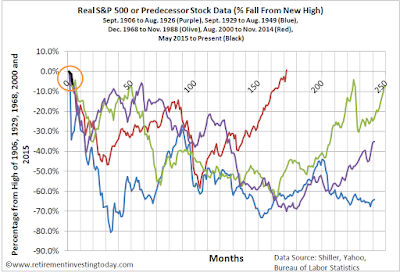I believe that I work hard. In fact I'm now at the point (and have been for a few months) where I'm wondering if I can increase my discretionary energy further or whether doing so will result in burn-out. I'm therefore for now maintaining status quo while I better understand my long term capability. Fortunately, that hard work typically transfers into results meaning another year has passed where my personal work objectives have been yet again knocked out of the park. Great I hear you say, another year of big bonuses, which you’ll save all of, which will pull you even closer to FIRE. I wish it were true...
Firstly, bonuses at my company are structured in such a way that it considers your objectives as well as the objectives of the company as a whole. I can sort of understand this as it protects the company in very bad times such as those seen at the bottom of the Global Financial Crisis. So has company performance been good this year? Unfortunately the answer to that question is a resounding no. If I was asked was the company doing well I would of course give a very different answer but hey ho. The end result of all this is that a large portion of my bonus will not pay out. Of course the portion not paid out goes straight to the bottom line meaning a large portion of my hard work this year has gone to enriching the owners of the company.
Firstly, bonuses at my company are structured in such a way that it considers your objectives as well as the objectives of the company as a whole. I can sort of understand this as it protects the company in very bad times such as those seen at the bottom of the Global Financial Crisis. So has company performance been good this year? Unfortunately the answer to that question is a resounding no. If I was asked was the company doing well I would of course give a very different answer but hey ho. The end result of all this is that a large portion of my bonus will not pay out. Of course the portion not paid out goes straight to the bottom line meaning a large portion of my hard work this year has gone to enriching the owners of the company.


